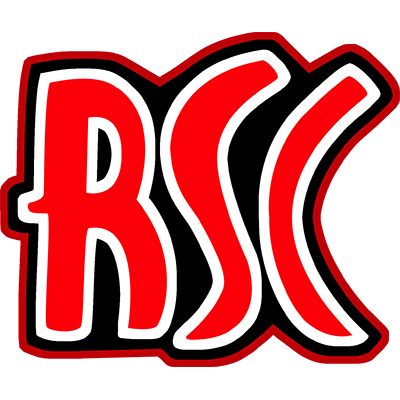Maybe I will try to answer cause I worked on cockpits a last few months. Results of my work you may see on Post Your Screenshots thread:
https://community.racesimcentral.net/showthread.php/99-Post-your-Screenshots!?p=63823&viewfull=1#post63823
Basically, there is no way to get result found in Cars or Shift. It's because rF1 cant cast self shadows into cockpit. What you can see in most modern titles, is bright light (from sun) cut off by cockpit elements casting self shadow. That's where contrast comes from. It's impossible in rF1. Period.
However you may improve "feeling" while driving rF1 cars. I have plans to write some kind of tutorial of how create complex materials for cockpits using SRPL ShaderPack. But I try to write a few points now:
1. At first do not use shader with ToneMapping. It makes things very bright when sun is behind of a car. It is unnatural in case of cars with roof. It may fit more for OW cars or cabrios.
2. I used Unrestricted Shaders x1.0 to get results you can see on screenshots.
3. Think about where direct sunlight is operating at most - usually under under windshield, close to lower edge door's windows
4. Do not forget about sky reflecting in cockpit. It will be the same places as listed in #3. But to make it visible you have to give a lot of Fresnel base which affects also specular reflection. You have to tune it up.
5. Best way is to set spec texture for most exposed areas to high values (suggest about 240 avarage). The rest may be way darker.
6. Then set material without specular lighting (with texture but both spec scale set to 0) - to get required result of sky reflection.
7. Then add specular reflection - note - more specular (especialy more spec power), more glossy material you get, especially valid for close-up of material with normal map pattern. For matte materials like alcantara, it is enough to use only one specular, and set it very wide (low specular power).
8. Tune up specular parameters to get as bright result as acceptable when racing against the sun. Check it at 2pm, 4pm, and 5:30pm. Note, that more Fresnel scale - more changing reflection while sun changing position or car changing pitch (it's base rule of Fresnel effect, intensity of reflection depends on reflection angle). To get always a lot of reflection, I suggest to use low fresnel scale. it is not realistic, but without this "trick" you get hard reflection at dawn but too low afternoon. Unfortunately without HDR it cannot be done another way to get visible reflection of sky at noon and not over-brighten reflection later afternoon
In parallel, you may (you have to) mask internal areas of interior by making corresponding parts of specular texture darker. A lot darker

. It will limits reflections inside of car (it is not quite real but very close to what we can feel while sun light is cut out by roof and other car elements)
What you have to remember (I made such mistakes so I will share with my experience)
1. Do not try to get more diffused reflection by lowering fresnel base too much and then applying high specular to get some light reflection. Firstly because it is not real. IRL
if material reflects direct light, it also reflects surroundings and sky (KS words). So, better is to use most blurred cube, set some real fresnel base and some low specular scale. Second reason of this approach is calculation precision. In case of using 0.001 fresnel base, you will never get maximum (white) reflection doesn't matter what high spec scale you set. It is due to limitations of floating point calculations (especially with low precision like 8 bits used in that case)
BTW I have to make two notes:
Note, that SRPL Shader pack allows to create complex materials with two sets of diffuse/normal maps. Documentation says that first set is dedicated for main colour and second set for details. But it is not clear enough if it is allowed to use it in reverse order. Diagram says: yes. But watch out: second set of textures is not rendered when lit by another cars!!! This issue wasn't been known when writing manual I believe. I prepared some cockpit materials as AO texture in 1st set (texture expanded over whole object), and color pattern (ie alcantara, carbon) in second. Under lights I saw only AO, but not material texture. I had to recalculate UVs for all textures, which allows to use pattern in first set and AO-in second one - fortunately Editor provides such feature so it was not a case any more. Now only AO disappears when lit by other cars which is acceptable.
Another note that the same normal map texture used in second set gives slightly softer result. It is done intentionally (some maths) and difference is not such significant. But you have to know about it.
with regards












